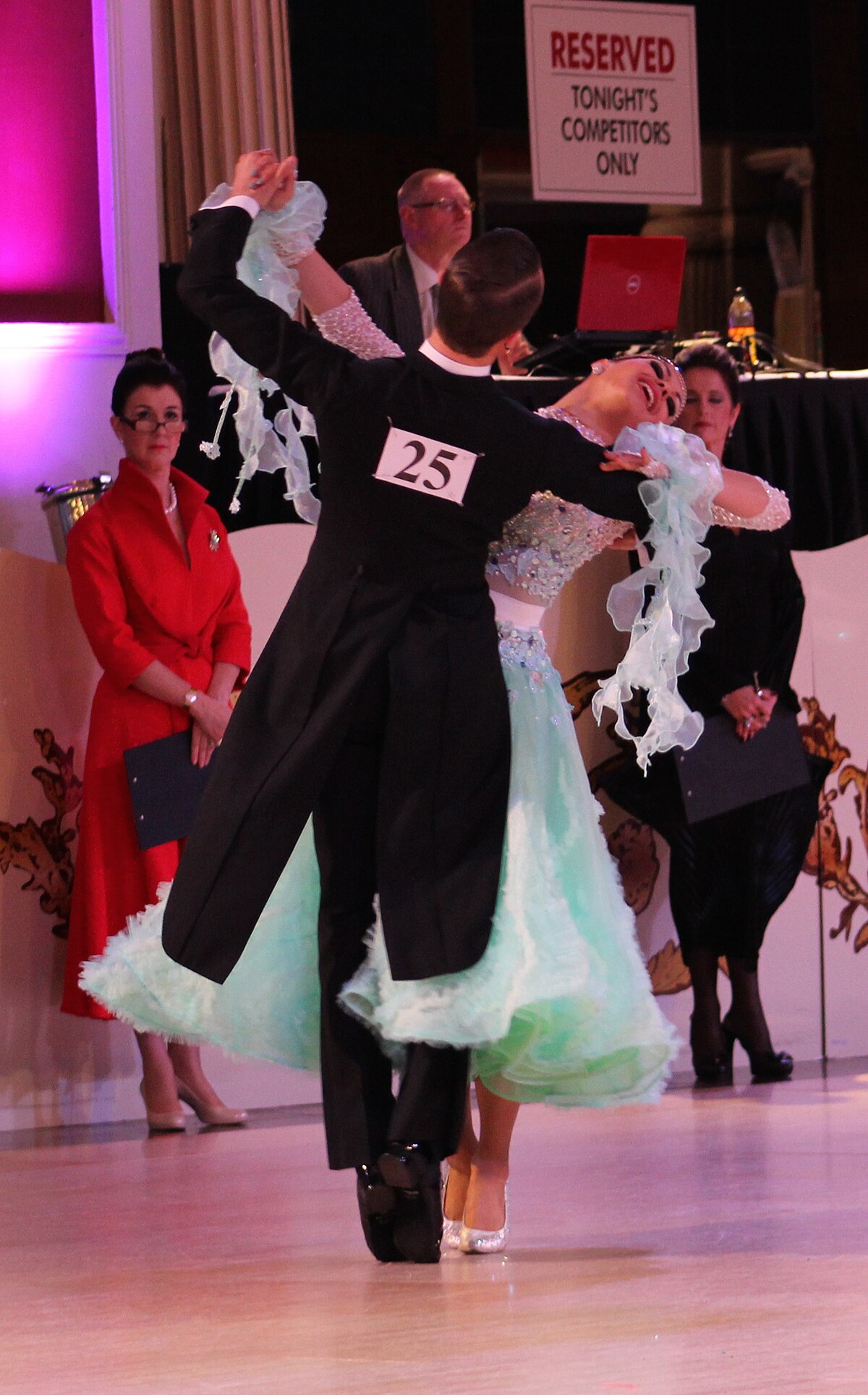The Ultimate Guide To Dance Fridays
Table of ContentsMore About Dance FridaysThe Main Principles Of Dance Fridays The Best Guide To Dance FridaysGet This Report about Dance Fridays
Allow's assume of Salsa dance and music as a huge Tree that looks like this: Salsa is danced global while numerous technological aspects of the dancing coincide throughout styles (6 steps over 8 beats danced on a quick-quick-slow or slow-quick-quick rhythm), there are several "trademark" attributes of the primary designs of Salsa that distinguish one from the various other.Couples taking part in a Casino Rueda dance all relocate unison as called by a Leader. Distinguishing attributes of Cuban style salsa are round turn patterns (with "break back" steps on matters 1 and 5) as well as body movement motivated by standard Afro-Cuban folkloric dances. Distinguishing attributes of Cali style salsa fasts and detailed maneuvering, danced with a strong hand hold link in between companions.
The origins of the style are a subject of argument, yet it is stated that New York design Salsa dancing came from in the 1960's due to the increase of Latin American emigrants after the Cuban Change. Eddie Torres is the most popular New york city style dancer, being nearly globally credited with promoting the design to dance centres outside of New York.
The fundamental rhythm of "On-2" is slow-quick-quick. The "youngest" of the designs of Salsa, L.A. Style (some people have called it "West Shore" design) became popular in the 1990's and has its origins in ballroom (Mambo, Swing and Cha, Cha, Cha). Transform patterns lead and comply with strategies are greatly influenced by these designs, with the Cross Body Lead being the keystone of the design.
All about Dance Fridays
Design are implementation of turn patterns and numbers in the "slot", with the break steps on counts "1" and "5". While Salsa songs has solid origins in Cuban, Colombian and Puerto-Rican folkoric traditions, it can not be marked down that all Afro-Latin and Latin American cultures have added to modern Salsa music as we recognize it today.
It's possible that because of political factors the payment of Afro-Cuban culture and heritage to contemporary Salsa in the 1960's and 70's is not commonly acknowledged, yet it can not be disregarded the significant payment and influence of the "Queen of Salsa", Celia Cruz. A household name in Cuba and the Central Americas as a vocalist in the 1950's, Celia left Cuba for the united state

Today Salsa songs is created, executed and well known worldwide. In 2000 the impact of Latin American music and culture (not just Salsa) was recognized by the National Academy of Recording Arts and Sciences in the U.S (https://codepen.io/salsacrazysf1/pen/MWLzPao). and the Latin Grammy Honors were developed. The Latin Grammy's have actually accentuated the Salsa Legends and modern Salsa musicians alike
Excitement About Dance Fridays
identifying qualities of Salsa songs are: 4/4 measure signature, Child Clave and Tumbao rhythms, Montuno Piano Unless you have a history in music, the above 3 attributes probably imply absolutely nothing to you. A simpler means to describe Salsa music is just how it does NOT sound like various other types of Latin American preferred music.
Bachata is a straight 4 beat dancing with an occurrence of a syncopated guitara line and a clear absence of any "tough" piano, brass (trumpet, trombone) lines. Cha, Cha, Cha looks like Salsa songs one of the most as it seems like "truly slow-moving" salsa/mambo. salsa club san francisco. Cha, Cha, Cha can be distinguished by it's emphasis of the double tumbao beat on matters 4 +5 and 8 +1 (the "cha-cha-cha") You have actually been to a Salsa evening at a club and you're hooked you love the music, the power, the appearance of 2 professional dancers gliding across the dance flooring implementing awesome spins and turn patterns
It's time for lessons. With so several workshops out there and different styles to select from, where does a full newbie start? A lot of new professional dancers pick to find out L.A. "On-1" design slotted Salsa designs are one of the most common in The United States and Canada (with some exceptions of some city centres that still primarily accept Cuban and Puerto Rican designs) and L (https://medium.com/@evanmargolin94124/about).A
.A. Style will swiftly instruct you the principles of Salsa timing, weight transfer and turn pattern execution. Many dancers, as soon as they have actually had a year or more of dancing L.A. Style Salsa under their belts, "button" to New york city style in order to expand their dance vocabulary; yet many professional dancers choose to adhere to simply one design of Salsa and appreciate their time on the dance floor because particular design (salsa club san francisco).
Design and New York Design all being danced in the exact same club, with many of the professional dancers having the ability to switch from one design to the other from one song to the following. Despite great post to read which design you select it is very important to adhere to that design until you're really comfy with the fundamentals of timing, body rhythm and structure relocation implementation prior to thinking about "changing" designs (if you wish to).
